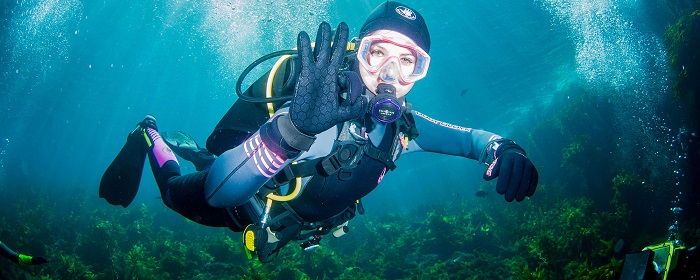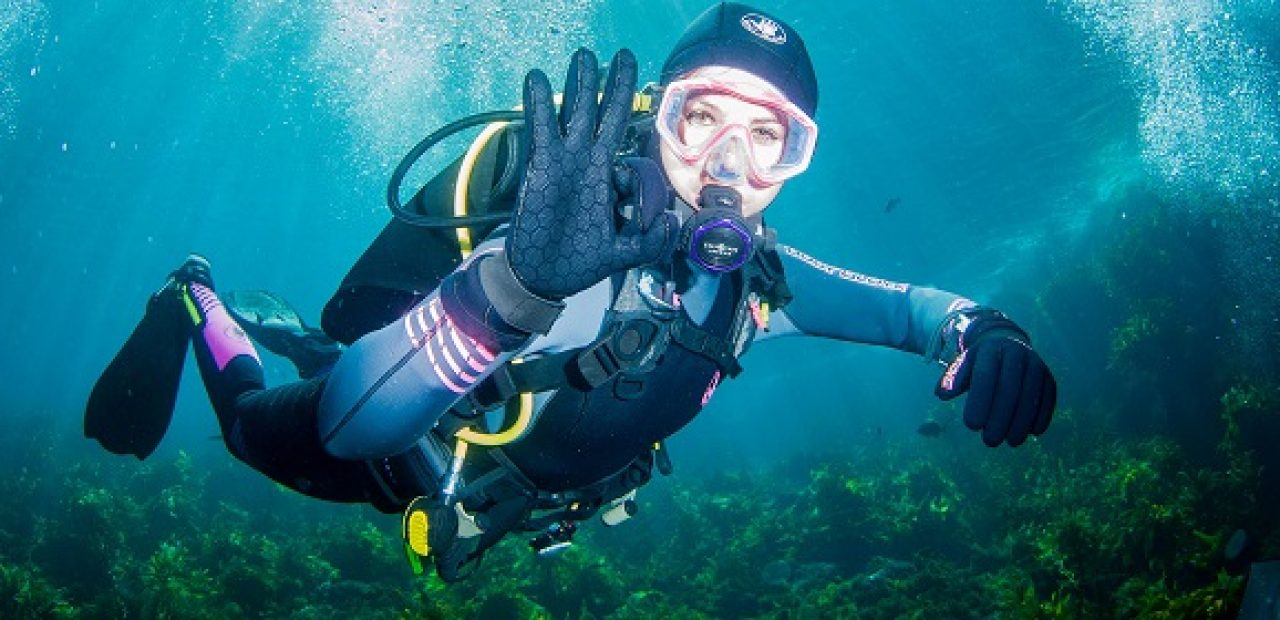The Most Important Features of Diving Gloves
 Many divers recognize the need for thermal insulation, and equip themselves with pieces like a wetsuit, boots and hoods, but underestimate the importance of properly protecting their hands. Diving gloves are something that every diver should possess, regardless of whether they are diving in cold or warm waters. The deeper you dive, the colder it gets, and believe me, you don’t want to lose your ability to grasp just because you didn’t think to protect your hands and keep them warm.
Many divers recognize the need for thermal insulation, and equip themselves with pieces like a wetsuit, boots and hoods, but underestimate the importance of properly protecting their hands. Diving gloves are something that every diver should possess, regardless of whether they are diving in cold or warm waters. The deeper you dive, the colder it gets, and believe me, you don’t want to lose your ability to grasp just because you didn’t think to protect your hands and keep them warm.
As you dive deeper, you’ll come across many interesting creatures or rock formations you’d want to touch but won’t be completely sure whether they are poisonous. In any case, the adequate hand protection will enable you to safely handle things underwater and not worry whether your hands will freeze. Therefore, don’t wait any longer and get yourself a nice pair of diving gloves. To make it easier for you, here are the most important features you should look for.
Contents
Warmth
Let’s be clear from the start – the gloves’ primary purpose is keeping your hands completely dry to prevent them from freezing. Neoprene is an incredibly insulating material and is what usually wetsuits are made of, so logically a good pair of diving gloves should be made of it. Neoprene provides warmth as it is completely snug around the skin to trap body heat and also creates a narrow pocket of air which prevents water from getting in. Another similar characteristic with dive suits is that dive gloves also vary in thickness. The 2.5mm provide just the right amount of insulation in warm water, while the 7mm (the thickest ones) provide a lot of warmth in even the coldest of waters. If you’re diving in extremely cold temperatures, consider three fingered mitts which will keep your fingers close together, additionally helping your hands to stay warmer.
Dexterity
Our hands are designed for touching and handling things, and under the water rarely can one resist the urge to touch the colourful texture of coral reefs or the curiosity of how it feels to hold a starfish in their hands. Also, your hands can help you navigate better around the diving site by holding on to rocks for stability or pushing yourself away from the ground. Or maybe you’ll want to try something called lobster diving . In that case, you clearly cannot go with bare hands because you can easily get scraped by an angry lobster. But you also cannot use thicker gloves, or three fingered mittens that will reduce your ability to touch. Therefore, if you’re planning to touch and handle all the different rocks and creatures in the deep blues, before buying a pair of gloves, try to evaluate whether they offer enough dexterity. The five fingered ones do not have a lot of straps and will offer the greatest amount of dexterity.
Protection
While it’s true that you’ll be likely to touch and pick up things while underwater, you also need to be careful what you touch. But even if you do pay attention to what your hands come in contact with, it’s inevitable that you may grab onto a sharp rock or brush against some coral. Plus, there are many poisonous creatures on the reefs, like sea urchins, stone fish or fire coral that can bite or sting you badly out of nowhere. In such dangerous diving spots, covering up your whole body including your hands is a must. The same goes for wreck diving, where the right pair of protective gloves can save you from getting a nasty infection if you get cut by a rusty wreckage. If you want to preserve dexterity and at the same time make sure you are completely protected from injuries, look for gloves that have a rubberised palm and finger layer for a good grip and materials such as Kevlar or titanium mesh.

















